In the research and translation of literary works in Chinese by Vietnamese authors, he translated the entire collection of poems Can Trai Thi Tap by Trinh Hoai Duc, author of Gia Dinh Thanh Thong Chi, a bedside book when studying about the South during the period when Nguyen Huu Canh entered the capital and the dynasties of Gia Long and Minh Mang.
In Can Trai Thi Tap, there are 30 poems praising the scenery of Gia Dinh called Gia Dinh Tam Thap Canh. The poem Tan Trieu Dai Do (Waiting for the ferry at Tan Trieu wharf) which is often selected in Dong Nai poetry and literature anthologies is one of these 30 poems.
In Gia Dinh Tam Thap Canh, there is a poem called Quat Xa Sao Ty (in Gia Dinh Tam Gia, it is translated as “Tao Ty”) praising the silkworm farmers in Xa Quyt. Nowadays, tangerine and kumquat/tac are different, but in Chinese they are the same. The book Gia Dinh Thanh Thong Chi, translated by Sinologist Ly Viet Dung and published by Dong Nai Publishing House on the occasion of the 300th anniversary of Bien Hoa - Dong Nai (1698-1998), notes tangerine: quyt. Please note that this translation has an appendix explaining the names of products written in Chinese characters in Gia Dinh citadel, when Trinh Hoai Duc carried out this work.
The original poem in Chinese is as follows:
Kumquat village, family affairs, official position,
Women's nest of the family.
The three realms come from the fragrant fields,
The twin peaks help calm the mute.
The river is filled with fire and smoke,
The sound of wind and rain moves far away.
The post-conventional era was marred by the death of a widow.
The royal family held a ceremony to offer sacrifices in silence.
Poetry translation by Nguyen Khue:
Quyt commune specializes in silk weaving
Women are all concerned with silkworm rearing.
Fragrant cocoon display pot flipped over
Chopsticks hanging down with shimmering golden silk soaked.
The fire burns like a winding river,
The car spins in the wind and rain
Mulberry silkworm weaves the Phi Tu blanket
Brightly offer up to show the truth.
In the book of teacher and researcher Nguyen Khue and the book Gia Dinh Tam Gia by Hoai Anh (Dong Nai Publishing House, 2006), both annotated Quat Xa in Phuoc Chanh district, Phuoc Long prefecture, Bien Hoa province (old), page 175. An additional note was added that the concubine was the wife of King Van Vuong of the Zhou Dynasty, had good virtue, and taught people how to make silkworms. The book Chu Le recorded: the king went to advise the people on farming, the king's wife went to teach women how to grow mulberry and raise silkworms. The last two sentences were translated by the book Gia Dinh Tam Gia as: "The concubine took care of the silkworm raising, the people were imbued with virtue/ The women who weaved silk themselves will add the paintings of praise to show their sincerity to the supreme being".
In modern terms, more than 330 years ago, Trinh Hoai Duc praised the work of workers (growing mulberry, raising silkworms, weaving silk).
Gia Dinh Tam Thap Canh praises the beautiful landscapes of Gia Dinh citadel at that time, in addition to Phuoc Long prefecture, there were also Ben Nghe, Ho Nai, Nha Be, Binh Thuy, Long Ho, Long Xuyen, Chieu Thai (Chau Thoi)...
Tran Chiem Thanh
Source: https://baodongnai.com.vn/dong-nai-cuoi-tuan/202507/co-bai-tho-trinh-hoai-duc-viet-ve-mot-dia-danh-o-phuoc-long-59e07cc/


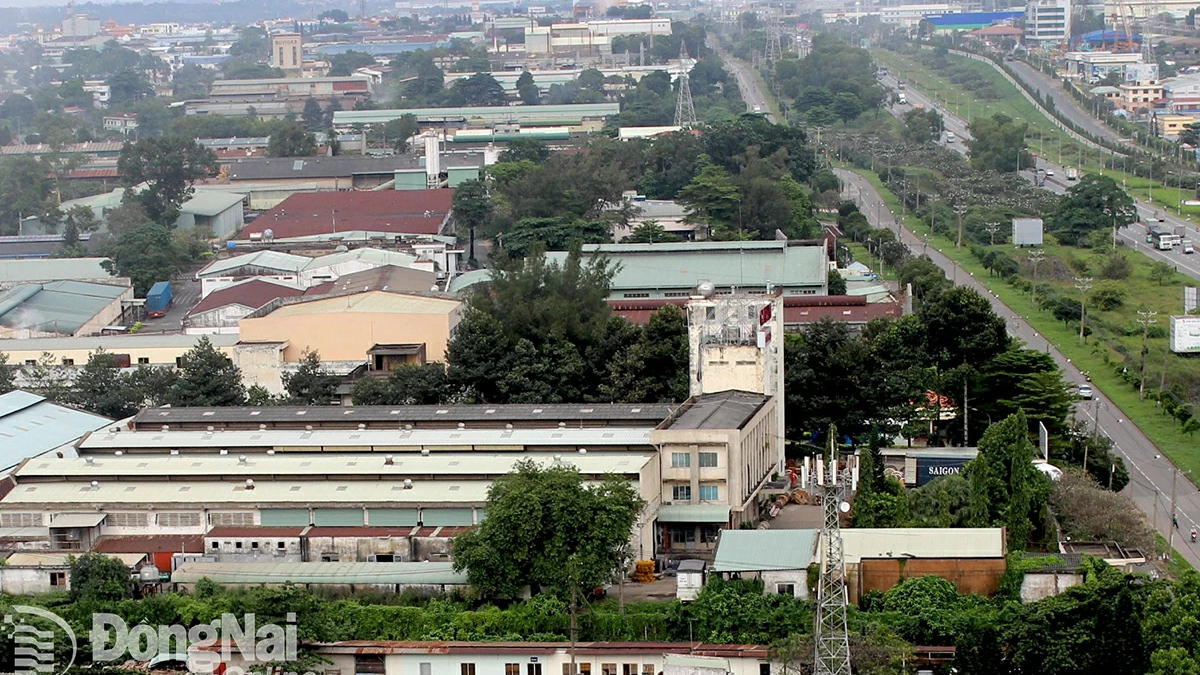



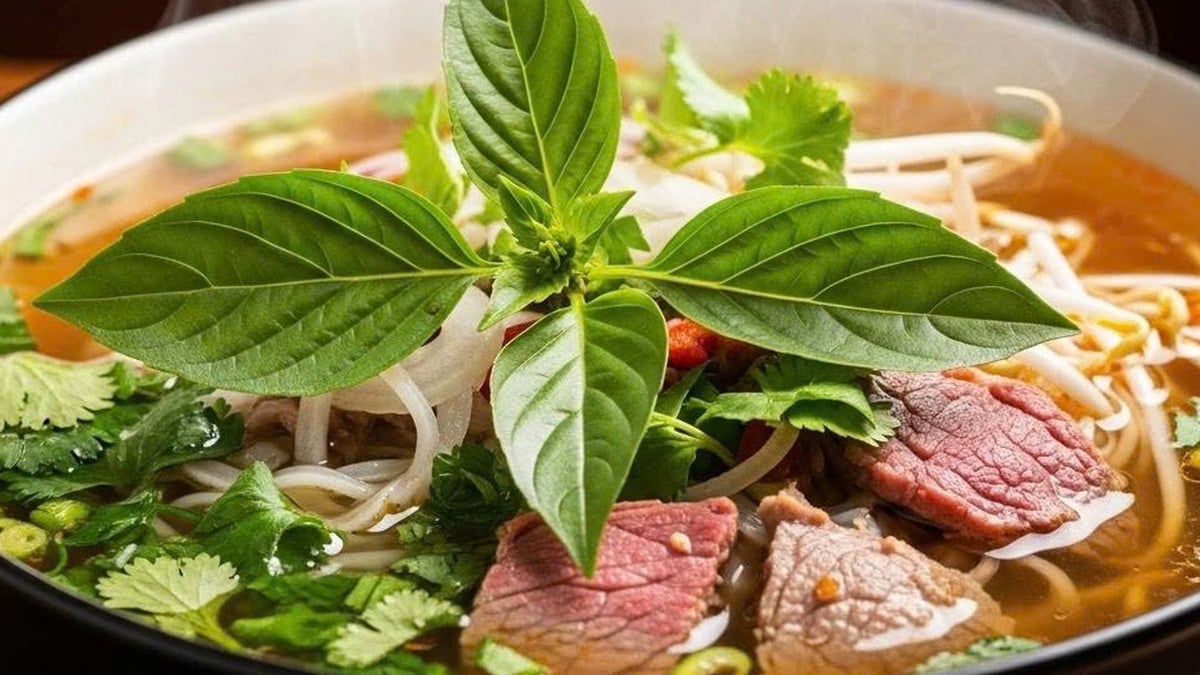



























































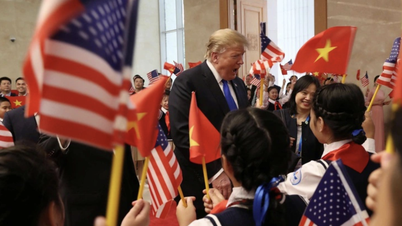



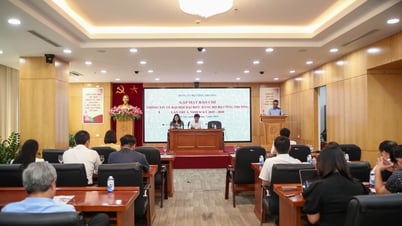

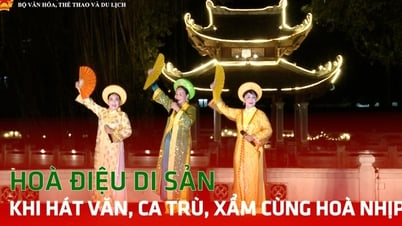




























Comment (0)